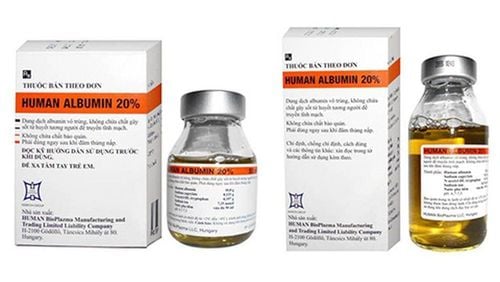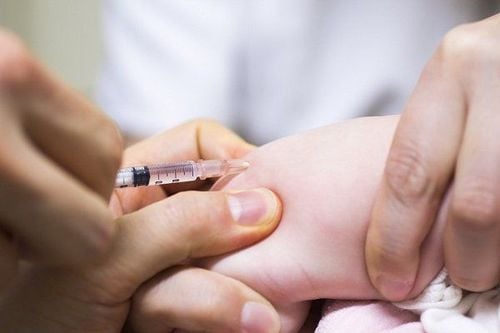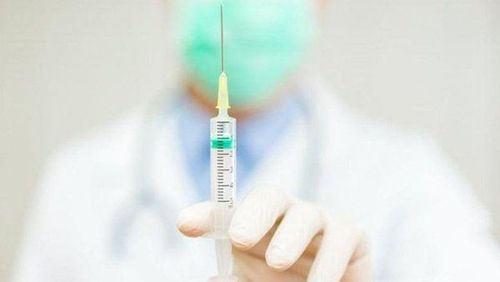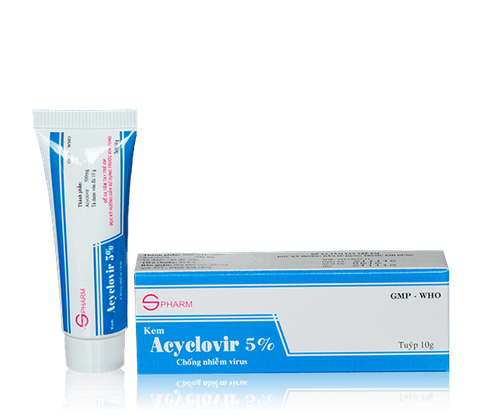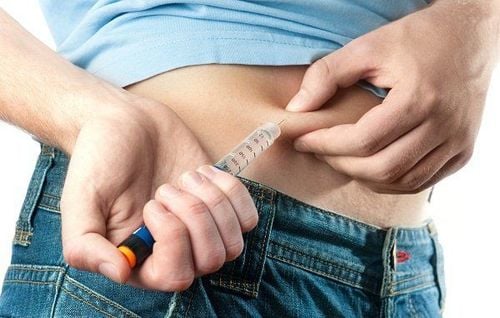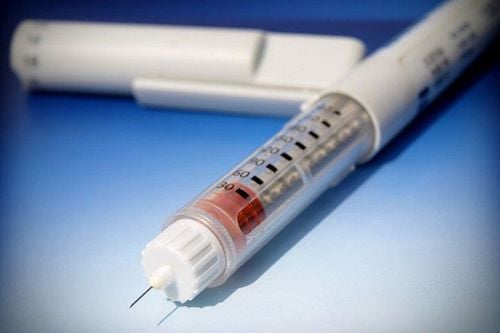This is an automatically translated article.
The article is professionally consulted by Master, Doctor Le Thi Minh Huong - Emergency Medicine Doctor - Department of Resuscitation - Emergency - Vinmec Nha Trang International General Hospital. The doctor has more than 06 years of experience in examining and treating internal diseases, emergency and emergency resuscitation.Intravenous injection is one of the most important and widely used injection techniques today. However, this technique also has many risks for the patient.
1. What is intravenous injection?
Intravenous injection, denoted IV (Intravenous injection), is a technique that uses a needle to deliver a dose of drug into the body intravenously to bring about a quick systemic treatment effect.2. Intravenous area
Usually intravenous injection is given in the following areas:In the M vein system, the two large veins on the front of the elbow gather into a V. This is a large vein that is easy to find and easy to inject. Internal saphenous vein Veins of forearm, back of hand, instep of feet Can be injected into the jugular vein, subclavian vein, and femoral vein in the groin when needed Inject into the head, wrist, medial ankle, and pubic veins hand for children.
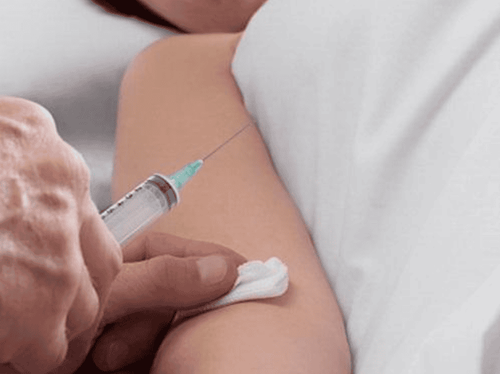
3. Indications and contraindications for intravenous injection
Intravenous injection is indicated for the following drugs:Drugs that act quickly when entering the body, such as anesthetics, vasodilators... Drugs that cause pain and tissue necrosis such as uabain. .. Drugs that can only be injected intravenously, not intramuscularly or subcutaneously. It is necessary to put a large amount of medicine into the patient's body. Therapeutic serum Blood, plasma and colloidal solutions such as subtosan, dextan... Drugs with systemic effects Patients in need of emergency Patients with exhaustion Intravenous administration is contraindicated in the following cases:
Fat-soluble drugs Rapid injection Drugs that stimulate the cardiovascular system as strong as adrenaline except in the emergency of cardiac arrest. The sites of infection, burns, absolutely do not inject intravenously.
4. Intravenous injection technique
Rest the injection area on the knee 3-5cm away from the injection site need to tie a gauze: should not be tied. In order for the vein to emerge clearly, the patient needs to close the hand and stretch a few times. Use iodine alcohol to disinfect widely. the injection site from the inside out and then use 70 degree alcohol to disinfect again The nurse needs to disinfect hands with 70 degree alcohol Fix the vein so that it does not move, and at the same time, to easily insert the needle into the vein by using Use your left hand to stretch the skin surface with your thumb. With the other hand, hold the smoked syringe with the needle attached, tilt the bevel up and push all the foam out. Hold the needle bar with your index finger, thumb over the syringe body, the needle point 15-30 degrees from the top of the syringe. skin surface Blood will flow into the syringe or rotate the syringe slightly counterclockwise will see blood flow into the syringe when it hits the vein Gently remove the tourniquet and the patient needs to open the hand, hold the stopper the needle is also fixed while injecting the drug. Grasp the syringe with the right index finger and middle finger, place the thumb in the syringe and slowly inject the drug into the vein Withdraw the needle carefully when the drug is almost empty. . Avoid occlusion of blood vessels, which is dangerous to the patient's life, absolutely must not allow air to enter the blood vessel. Use alcohol-soaked cotton to disinfect the injection site. Place the patient in a comfortable position.
5. Possible reactions when administered intravenously
Some reactions that may occur with intravenous injection, include:Injection site bulge: the bevel of the needle is halfway inside the outer half of the vein, causing the injection site to swell. It is possible that the needle has pierced a vein or that the vein has broken. Need to withdraw the needle to inject again, apply heat to the bulge to dissolve the hematoma and quickly dissolve the drug Needle blockage: blood flows into the syringe when it hits the vein, but the blood clots at the tip of the needle, causing the needle to be injected. blocked, the needle must be removed immediately and replaced if the drug cannot be injected Shock or fainting: because the patient is afraid of injection or has an allergic reaction to the drug, because the drug is injected too quickly or the needle is punctured many times. vein. In this case, the injection should be stopped and the doctor immediately informed. Embolism: air entering the vessel wall during injection causes embolism. Do not allow air to enter the syringe before injecting the patient and avoid using the wrong drug to prevent embolism. because it may have been stabbed into the artery by mistake. Necrosis: drugs that are contraindicated for subcutaneous injection are injected outside the vein. For treatment, it is necessary to apply heat, thin bandages if there is necrosis. Infection: the patient may have local or systemic infections due to the principle of aseptic not being guaranteed. Practice good sterilization to prevent infection. Infectious disease: due to the needles and syringes not being sterilized well... Vinmec International General Hospital is one of the hospitals that not only ensures professional quality with a team of leading doctors, medical equipment system, and medical equipment system. modern technological equipment, but also outstanding with comprehensive and professional medical examination, consultation and treatment services; civilized, polite, safe and sterile medical examination and treatment space.
Please dial HOTLINE for more information or register for an appointment HERE. Download MyVinmec app to make appointments faster and to manage your bookings easily.





